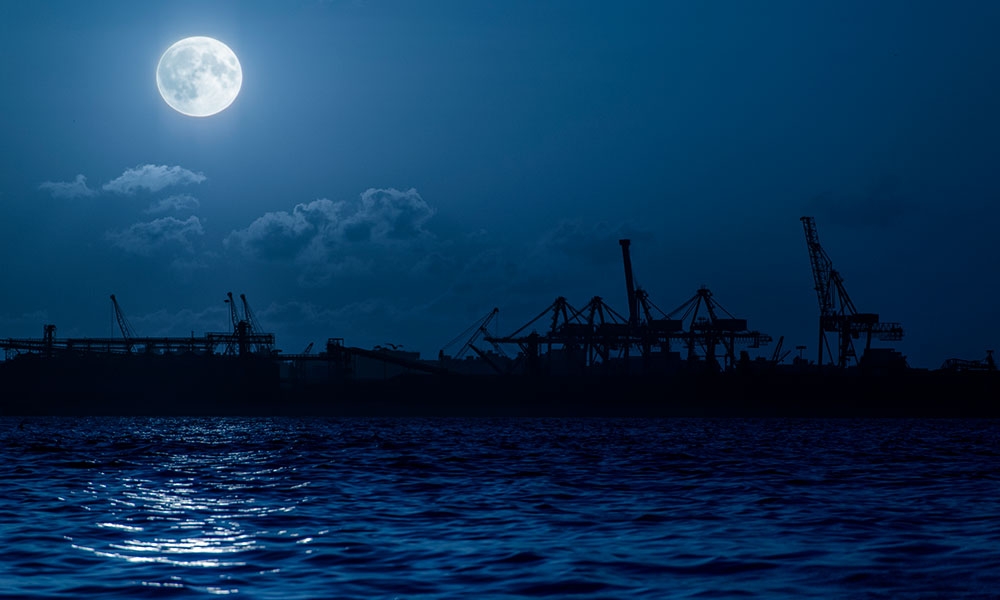
Welcome to our new website, a direct line of communication designed to enhance business relationships by providing a clear and transparent overview of our work.
Our entire company staff are excited about taking up this new challenge, aware that new technologies are the key to continuing to offer the very highest quality and effectiveness in our services.


Information about the tide: moon phases, high tide and low tide
Tides, these irregular movements of water that we know so well, are a natural phenomenon that has a key impact on navigation. Behind them are a whole series of forces, among which those of the sun and – above all – the moon stand out. Its position with respect to Earth (the moon is closer than the sun) has an impact on things like at what time high time and low tide occur, as well as their strength. Salama, the mainbunkering agency in Ceuta, would like to help you understand this regular rise and fall of the sea surface better.
The first thing to keep in mind is that behind these movements is the gravitational force of the moon and the sun affecting water and land, causing a strong pull on the ocean towards the celestial bodies. This is combined with the force of inertia, which produces the rotation of the Earth, also known as the centrifugal force. The second thing to remember is that tides do not only occur on the side of the planet facing the moon, but also on the opposite side (the water rises above the terrestrial surface on opposite sides). A third point to note is that tides do not always occur at the same time, since the moon appears on the sky at different points in time.
Depending on their height we talk about two kinds of tides: high tide, or flood, and low tide, or ebb. The first kind is when the water reaches its highest height within the tidal cycle, as opposed to the second when it is at its lowest. In general, two high tides and two low tides occur per lunar day. (24 hours, 50 minutes and 28 seconds: the time it takes for the moon to come back to a specific location with respect to us). The tidal cycle is therefore 12 hours, 25 minutes and 14 seconds between high tide and high tide. And it is 6 hours, 12 minutes and 37 seconds between high tide and low tide. But, given that the Earth is not solely made up of water and there are other elements involved, this is not 100% accurate.
The period between high tide and low tide is also known as a falling tide and a rising tide is the period between low tide and high tide.
If we keep the various moon phases in mind, we also talk about spring tides and neap tides. When there is a full moon or new moon, the satellite aligns with Earth and the sun, and the tide is greater as there is a greater force of attraction. This causes spring tides, with high tides that are very high, and low tides that are very low. When the moon is waxing or waning, they are smaller and called neap tides. In this case the force of attraction is at its lowest.
During spring tides there is an increase in fish activity, especially when this coincides with sunset or sunrise. At neap tides the movement on the seabed is generally less pronounced and the fishing therefore less favourable.
Tide tables (you can find these on the internet) are very useful and they contain all this information, with times and levels for high tides and low tides.